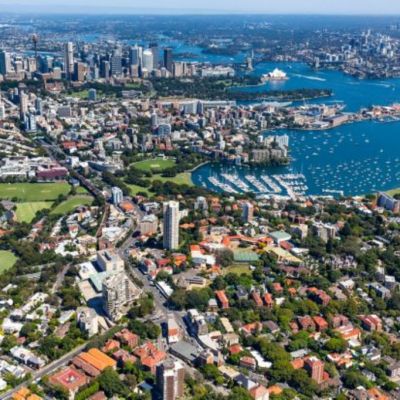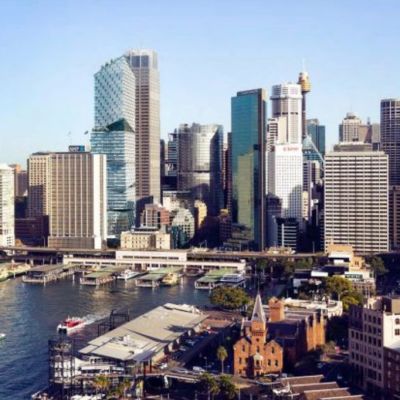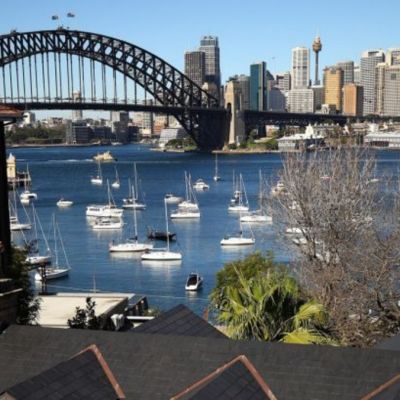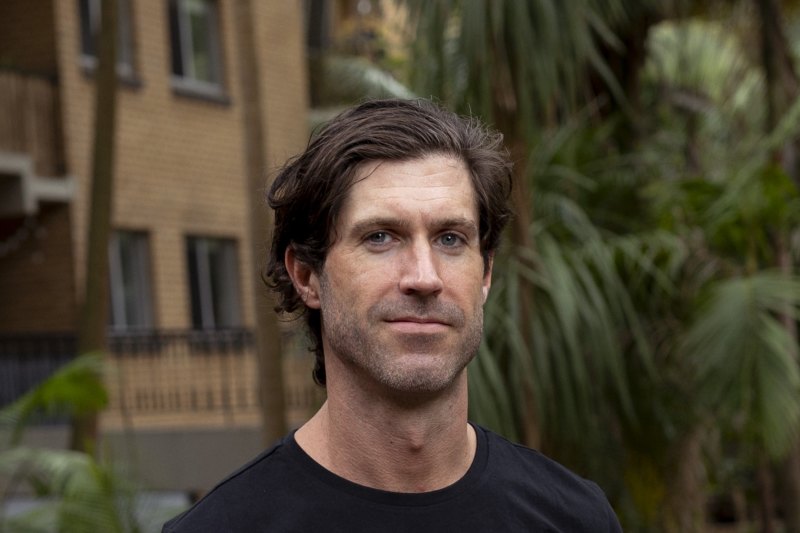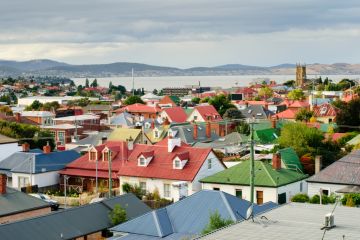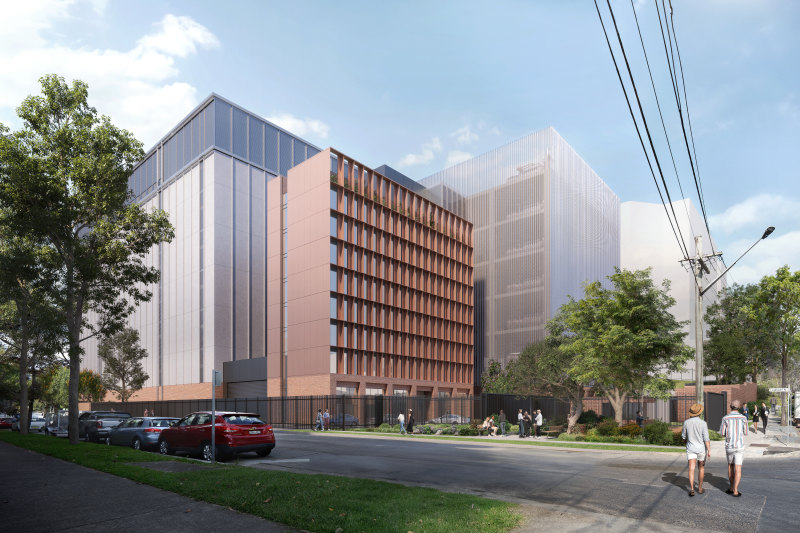Sydney real estate 'cheap' and there's no bubble, says global head of residential at Knight Frank
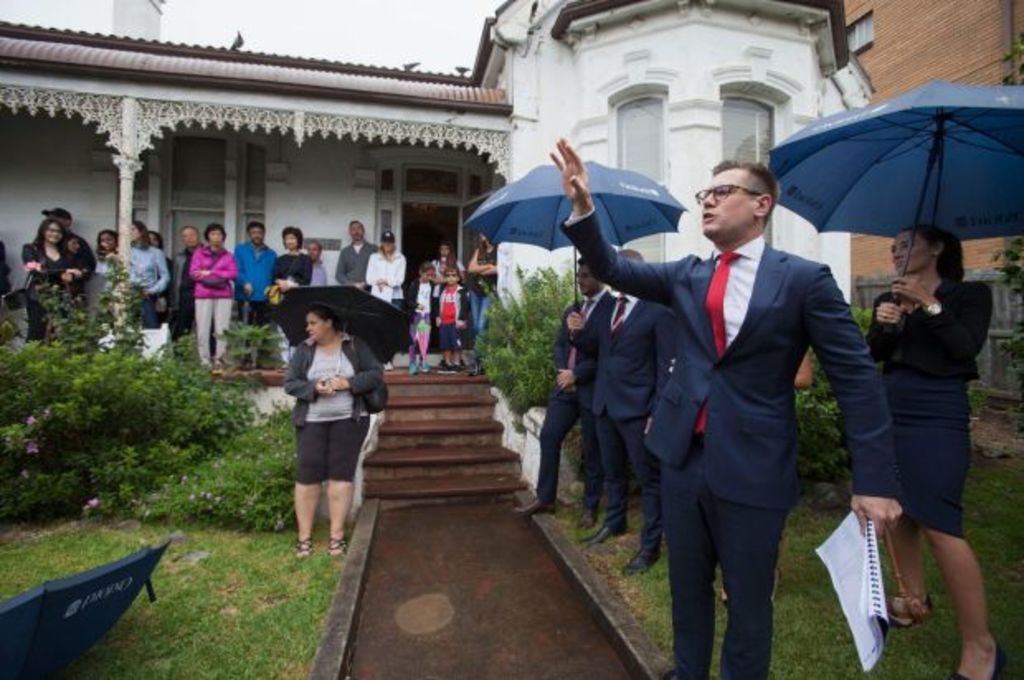
Sydney real estate is cheap and the Australian market is not experiencing a bubble, according to a senior executive at one of the world’s largest property consultancies.
“Within a global marketplace Sydney does look cheap, there’s no doubt about that,” says Lord Andrew Hay, global head of residential at Knight Frank.
“And I don’t think you are heading for a crash.”
Hay was in Sydney on Wednesday for an event to promote Knight Frank’s 11th annual Wealth Report, which provides statistics, analysis and predictions to the world’s High Net Worth (HNW) and Ultra High Net Worth (UHNW) individuals.
He told Fairfax Media that the world’s super-rich are increasingly gravitating towards Sydney and Melbourne, and that the UK-based Knight Frank is responding by beefing up its presence in Australia.
“Sydney and Melbourne didn’t really feature in the global desirability rankings 10 years ago, but now they absolutely do,” he says. “Sydney is in 11th position and Melbourne is in 20th position in terms of most desirable cities for HNWs to live and invest in.
“And Australia will continue to go up in the rankings over the next five years.”
The attraction to Australia is being driven in part by the cost of buying property in its major cities compared with other urban centres around the world. According to the Wealth Report, $US1 million ($1.3 million) buys 17 square metres in Monaco or 26 square metres in New York, but 59 square metres in Sydney and 110 square metres in Melbourne.
“Locally, Sydney property may feel expensive now, but compared with other global markets it’s mid-range,” Hay says. “It’s still, in a global context, quite affordable.”
The other main desirability driver is Australia’s perceived stability and safety. According to Hay, the world’s super-rich are feeling increasingly conservative about their wealth and wellbeing and are looking for security.
“Over the past 10 years their focus has been on wealth creation, but the theme for the next few years is going to be wealth preservation,” he says.
HNW and UHNW individuals now prize stable locations with first-class educational institutions for their children, mature financial markets and transparent regulatory systems, uncorrupt governments and good eco/green conditions.
“When you begin to group those things together, there aren’t many places in the world now where you can get all of that,” says Hay. “But Australia is one of those places. It’s not just a safe haven – it’s also a very nice place to live.”
Hay concedes that market conditions are exceptionally challenging for younger Australians who hope to get onto the property ladder. “The government really does need to look at affordability,” he says.
But the Australian market seems fundamentally healthy from his perspective.
“To have a really successful market, you need a combination of overseas and local investment,” he says. “For me, the perfect ratio is 60 per cent domestic demand, 40 per cent overseas demand, so then you get the growth fuelled from overseas but it’s underpinned by a real domestic market.
“Here, you have that great balance. And for me, that’s what makes a sustainable market, but also an exciting market.”
We thought you might like
States
Capital Cities
Capital Cities - Rentals
Popular Areas
Allhomes
More
